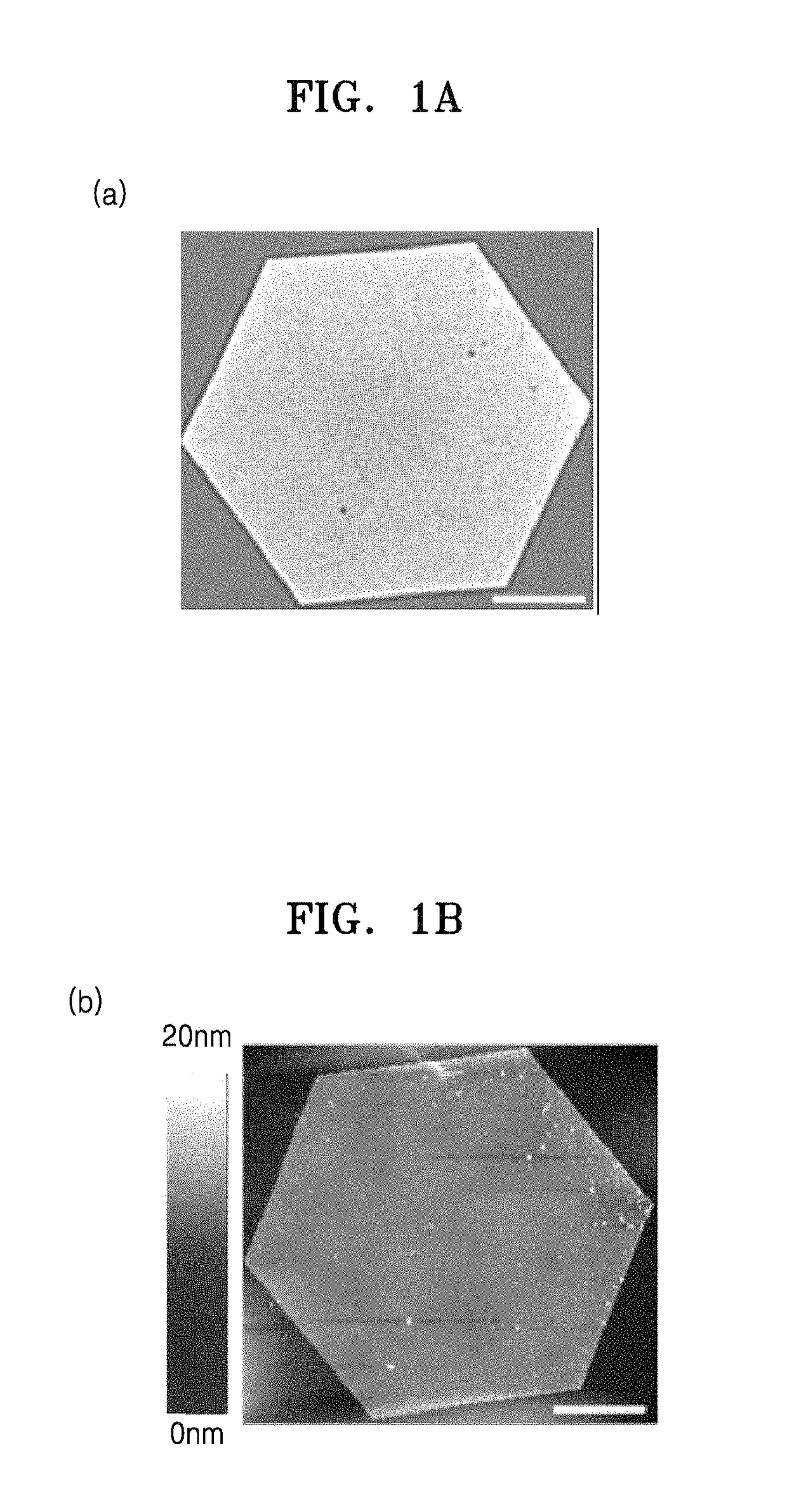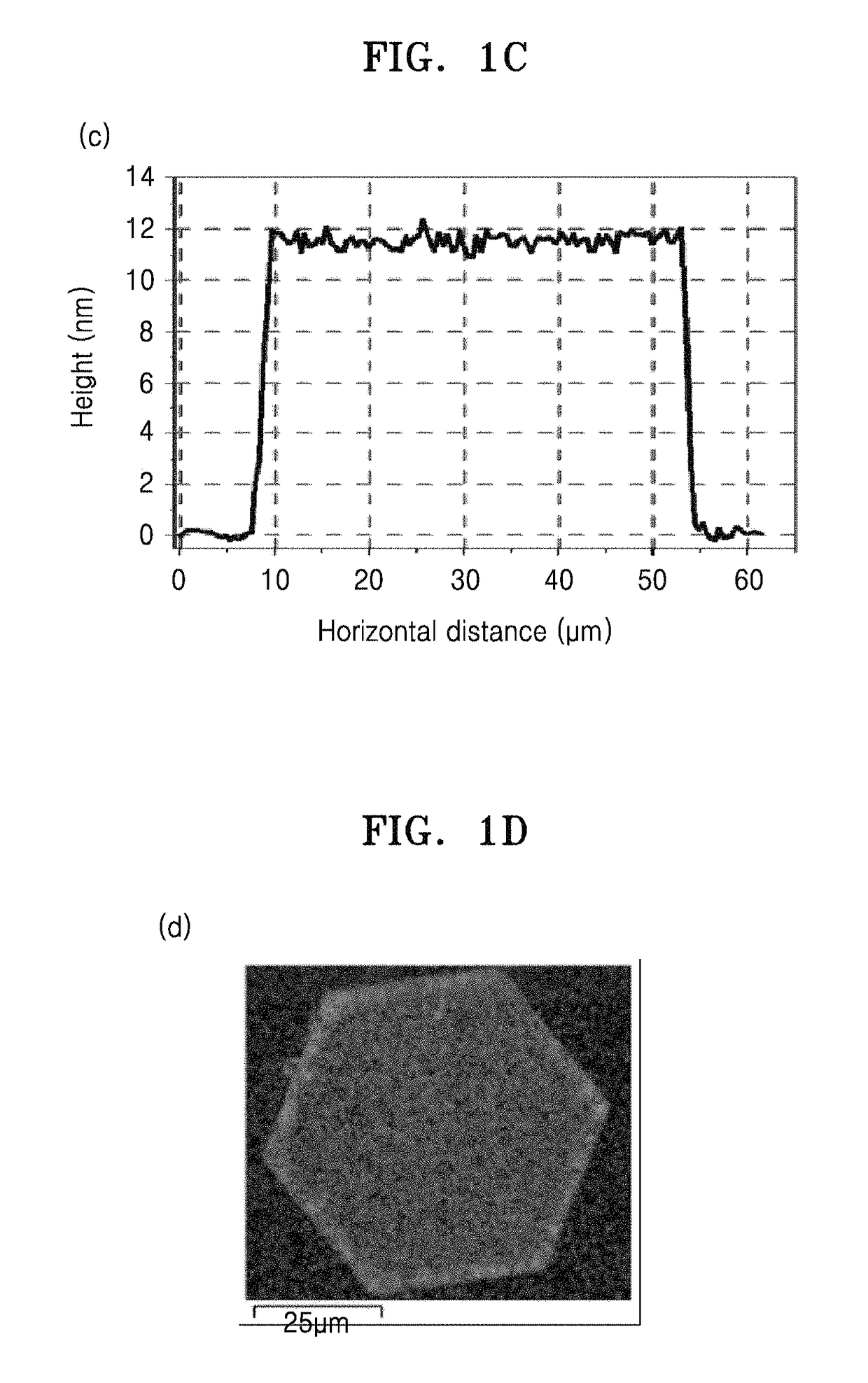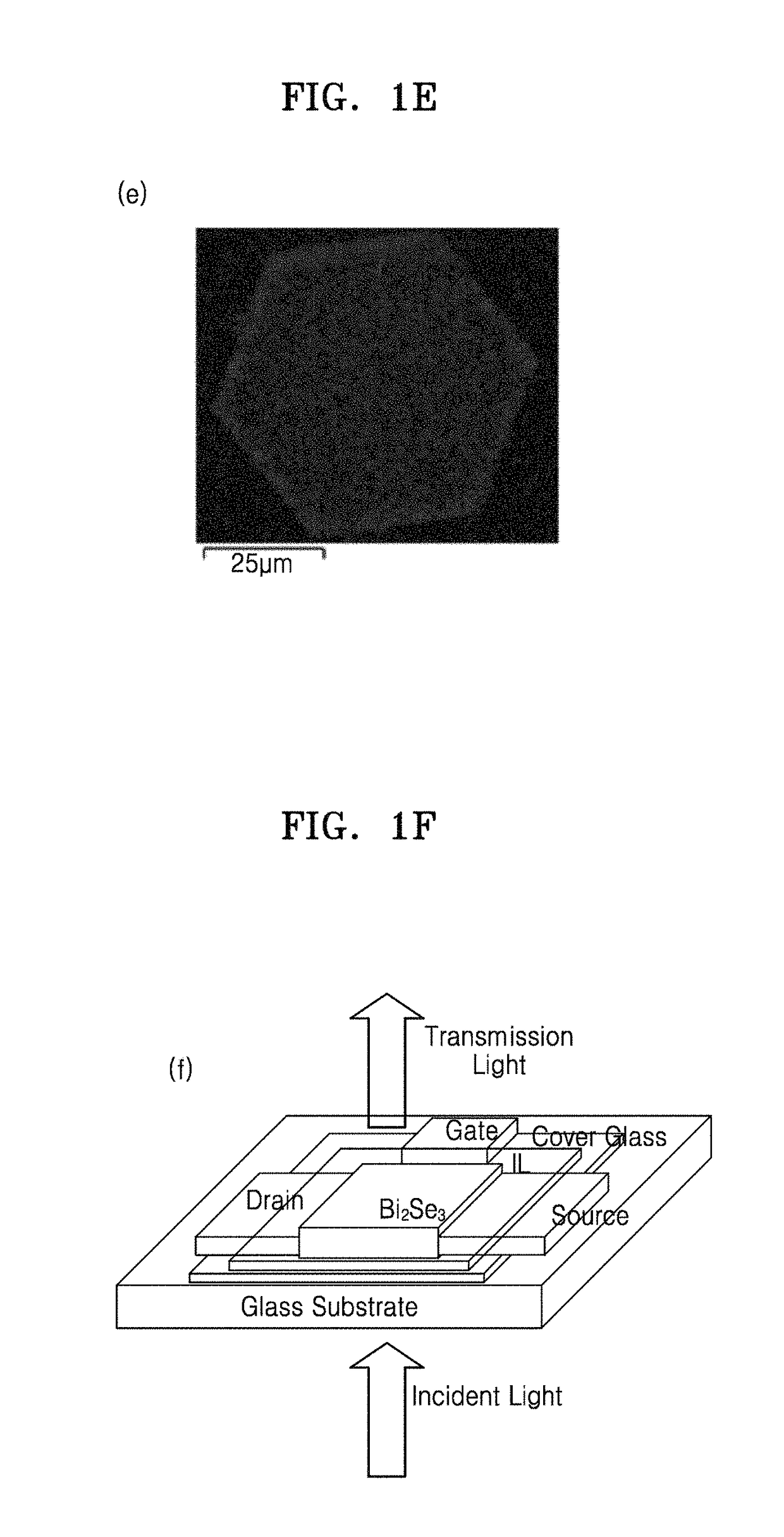Optoelectronic device and smart window comprising the same
a technology of optoelectronic devices and smart windows, applied in door/window protective devices, instruments, constructions, etc., can solve the problems of high hvac cost, difficult to create durable, low-power windows that can induce large, reversible changes using applied voltage, and difficult to create durable, low-power windows. , to achieve the effect of reducing the operating range of applied voltage, reducing the cost of operation, and improving the quality of operation
- Summary
- Abstract
- Description
- Claims
- Application Information
AI Technical Summary
Benefits of technology
Problems solved by technology
Method used
Image
Examples
Embodiment Construction
[0053]Reference will now be made in detail to exemplary embodiments, examples of which are illustrated in the accompanying drawings, wherein like reference numerals refer to like elements throughout. In this regard, the present exemplary embodiments may have different forms and should not be construed as being limited to the descriptions set forth herein. Accordingly, the exemplary embodiments are merely described below, by referring to the FIG.s, to explain aspects thereof. Expressions such as “at least one of,” when preceding a list of elements, modify the entire list of elements and do not modify the individual elements of the list. An expression used in the singular may encompass the expression in the plural.
[0054]A detailed description of an optical modulator including a nanostructure will be presented below with reference to the drawings. A size of each component in the drawings may be exaggerated for the sake of convenience. In addition, the exemplary embodiments described be...
PUM
| Property | Measurement | Unit |
|---|---|---|
| thickness | aaaaa | aaaaa |
| thickness | aaaaa | aaaaa |
| thickness | aaaaa | aaaaa |
Abstract
Description
Claims
Application Information
 Login to View More
Login to View More - R&D
- Intellectual Property
- Life Sciences
- Materials
- Tech Scout
- Unparalleled Data Quality
- Higher Quality Content
- 60% Fewer Hallucinations
Browse by: Latest US Patents, China's latest patents, Technical Efficacy Thesaurus, Application Domain, Technology Topic, Popular Technical Reports.
© 2025 PatSnap. All rights reserved.Legal|Privacy policy|Modern Slavery Act Transparency Statement|Sitemap|About US| Contact US: help@patsnap.com



